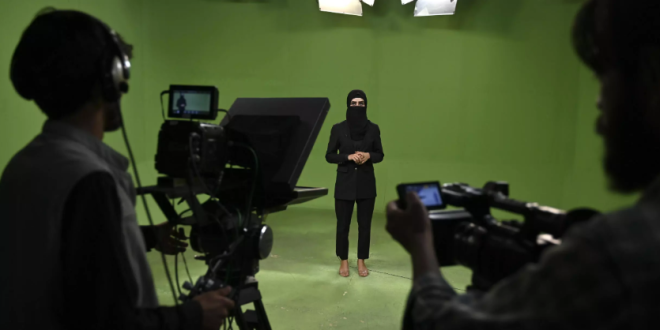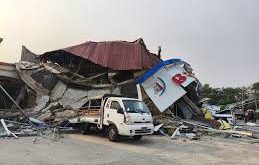KABUL – Afghan journalists have reported a surge in abuses, including torture, arbitrary detention, and increasing censorship, since the Taliban’s return to power. Journalists covering attacks by militant groups or issues related to women’s rights are often detained, with some reporting being held in the same cells as Islamic State fighters.
“No other profession has been so humiliated,” said an unnamed journalist who was recently detained and beaten. Many journalists express fear and frustration as new restrictions are introduced regularly, discouraging them from continuing in the field.
Since the Taliban took control in 2021, the number of media workers in Afghanistan has dropped dramatically from 8,400 to just 5,100, with only 560 women remaining in the profession. According to media industry sources, over 450 cases of violations, including arrests, threats, and torture, have been recorded since the Taliban’s rise to power.
New regulations now mandate that political talk shows feature guests from a Taliban-approved list and prohibit live broadcasts, while women have been banned from working in state media or even appearing on air in some regions.
Despite assurances from the Taliban authorities that media freedom would be protected if Islamic values were respected, journalists continue to face threats, censorship, and psychological abuse. Many feel alone and defenseless in the face of increasing restrictions.
Afghanistan has plummeted to 178th out of 180 countries in the global press freedom ranking, with media outlets closing due to both economic pressures and repression. Journalists say that short-term detentions are used as a tool of intimidation, pushing many to consider fleeing the country.
RSF (Reporters Without Borders) has warned that the environment for journalists is deteriorating, with no improvements in sight.
For now, Afghan journalists remain caught in a perilous situation, trapped between a repressive regime and the ever-present threat of violence.
 Afghanistan Times
Afghanistan Times




